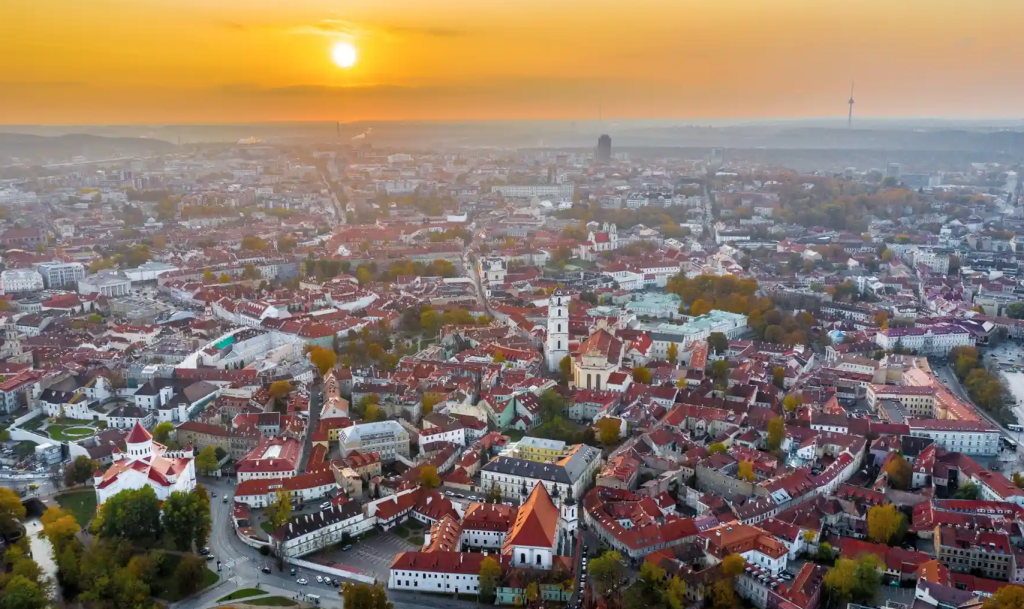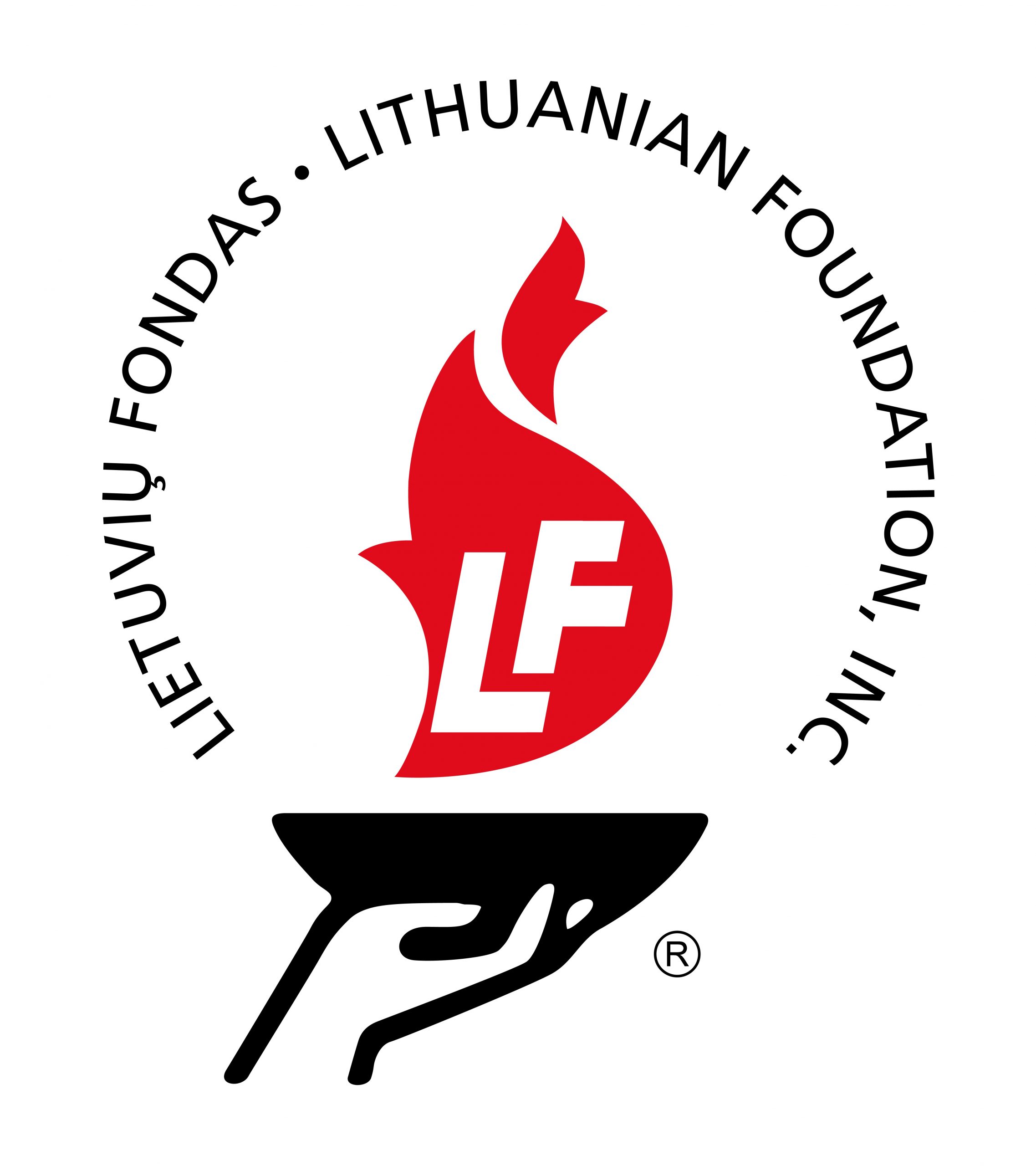A local’s guide to Vilnius, Lithuania: the best bars, culture and bargain hotels
This year has been a good one for Vilnius. The Lithuanian capital celebrated its 700th birthday on 25 January 2023, and a few months later it was named the European Union’s green capital for 2025. Perhaps most symbolically – as Lithuania continues to firmly reject its Soviet past and align itself closer with the west – Vilnius played host to the Nato summit in July.
In short, there’s a lot for the Vilnese to be proud of and happy about. Given the progress the city has made since I first fell in love with it almost 10 years ago, local people want to share their joy and sense of accomplishment with visitors seeking a good time. The city even recently established a “night office” to ensure a night out is as enjoyable, friendly and safe as possible.
To top it off, a recent survey carried out by the Post Office showed Vilnius to be the second best value city break in Europe.
Cheers, or “į sveikatą”, to the next 700 years!

Located eight kilometres out of the city centre, Lazdynai appears to be yet another microdistrict of drab, slightly crumbling Soviet tower blocks. But it isn’t. Not entirely, anyway. Built from 1963 to the early 1970s, this residential area was developed by a group of canny Lithuanian architects who drew on research trips to Finland to subversively create a western living space in the sprawling mass that was the Soviet Union. The topography of Lazdynai is layered, its roads wide, and architecture unique courtesy of the looping Architektų gatvė with its zigzag, conjoined five-storey Khrushchevkaapartment blocks and now dystopian-looking 16-storey monoliths. Lazdynai earned the Lenin prize – the highest award attainable in the USSR – for architecture in 1974, and it became a tourist attraction and the standard bearer for urban planning across the entire union. In light of Vladimir Putin’s war in Ukraine, microdistricts like this are a controversial topic in countries once illegally annexed by the USSR. Yet in my mind they remain a key part of Vilnius’s social fabric, and Lazdynai can make a strong claim to being the most important of them all.
Full article read here: The Guardian
Rėmėjai

